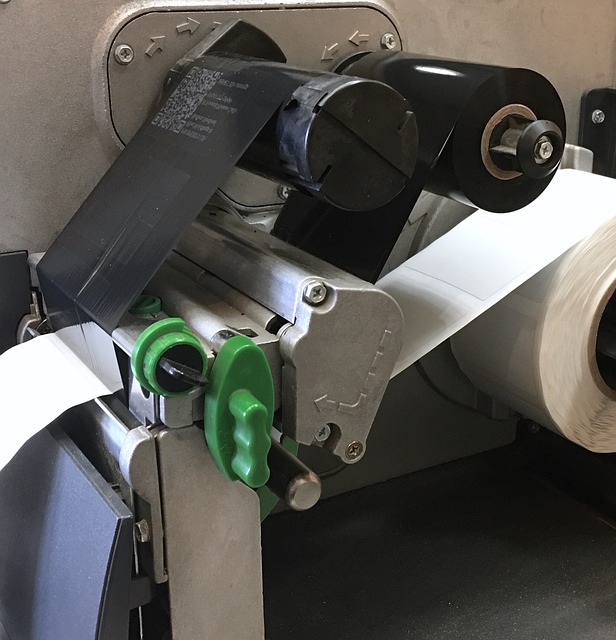Product labelling is an essential part of business operations, allowing companies to communicate required information to consumers. However, mistakes can easily occur, leading to non-compliance, recalls, or damage to the brand’s reputation. By understanding the most common labelling errors and implementing precise quality control processes, businesses can ensure accuracy and consistency.

The Label Printing Process
The printing process itself can be a source of errors if adequate care is not taken. A modern high-tech label printer machine allows for mass production of packaging labels. However, even the best label printer machine relies on businesses providing highly accurate digital artwork and label dimensions. If designs fail to align correctly with printers and labelling machinery, the consequences can be considerable.
Inaccurate Ingredient Lists
Listing incorrect or incomplete information about product contents is surprisingly common. This labelling mistake can occur due to flawed formulas, miscommunication between teams, or inadequate quality checks. Consumers rely on ingredient lists to make safe, informed choices, so errors can have serious consequences. Rigorously confirming formulations, strengthening interdepartmental communication channels and performing multi-point audits of label copy prior to print can greatly reduce risks.
Overlooking Allergen Declarations
Failing to clearly label major allergens is an issue that affects consumer safety. With up to 2% of adults and 8% of children having food allergies, this is a mistake no brand can afford. Robust allergen control procedures, inventory management systems that track ingredients from supplier to finished goods, and dedicated label reviews can all help to drive up allergen accuracy.
Incomplete Nutritional Information
While not always required, providing clear, verified nutrition facts builds trust and aids consumers in comparing products. Problems sometimes occur when formulas change but labels do not update accordingly. Likewise, human error during data entry can lead to under or overstating nutritional content. Making nutrition labels a mandatory component of formula change controls and performing double-checks prior to releasing updated packaging reduces misinformation.
Overlooking Mandatory Elements
Depending on products and local regulations, labels may need to feature barcode or tracking information, manufacturer details, expiry dates, health marks or recycling instructions. Overlooking mandatory data usually occurs due to inadequate briefings, fragmented responsibilities or attempts to cut costs via smaller packaging. Conducting regular label compliance checks, implementing whole-team training, and allocating accountability can avoid non-compliance.
Inconsistent Brand Messaging
While not a legal or safety issue, poorly aligned brand messaging can damage corporate image and stall purchasing decisions, e.g., touting ethical values on websites while product labels tell another story. Centralised artwork approvals, cross-departmental collaboration at developmental stages, and maintaining detailed style guides and tone of voice documents drive cohesive messaging across labels, sites and marketing communications.
By acknowledging common pitfalls, enforcing clear communication, implementing failsafe approval procedures and reviewing control measures, organisations can promote labelling accuracy. Protecting corporate reputation, maintaining regulatory compliance and building consumer trust starts with precision attention to detail. Though the process may involve initial investment, the long-term benefits for both brand and buyer make the effort invaluable.




Comments are closed.